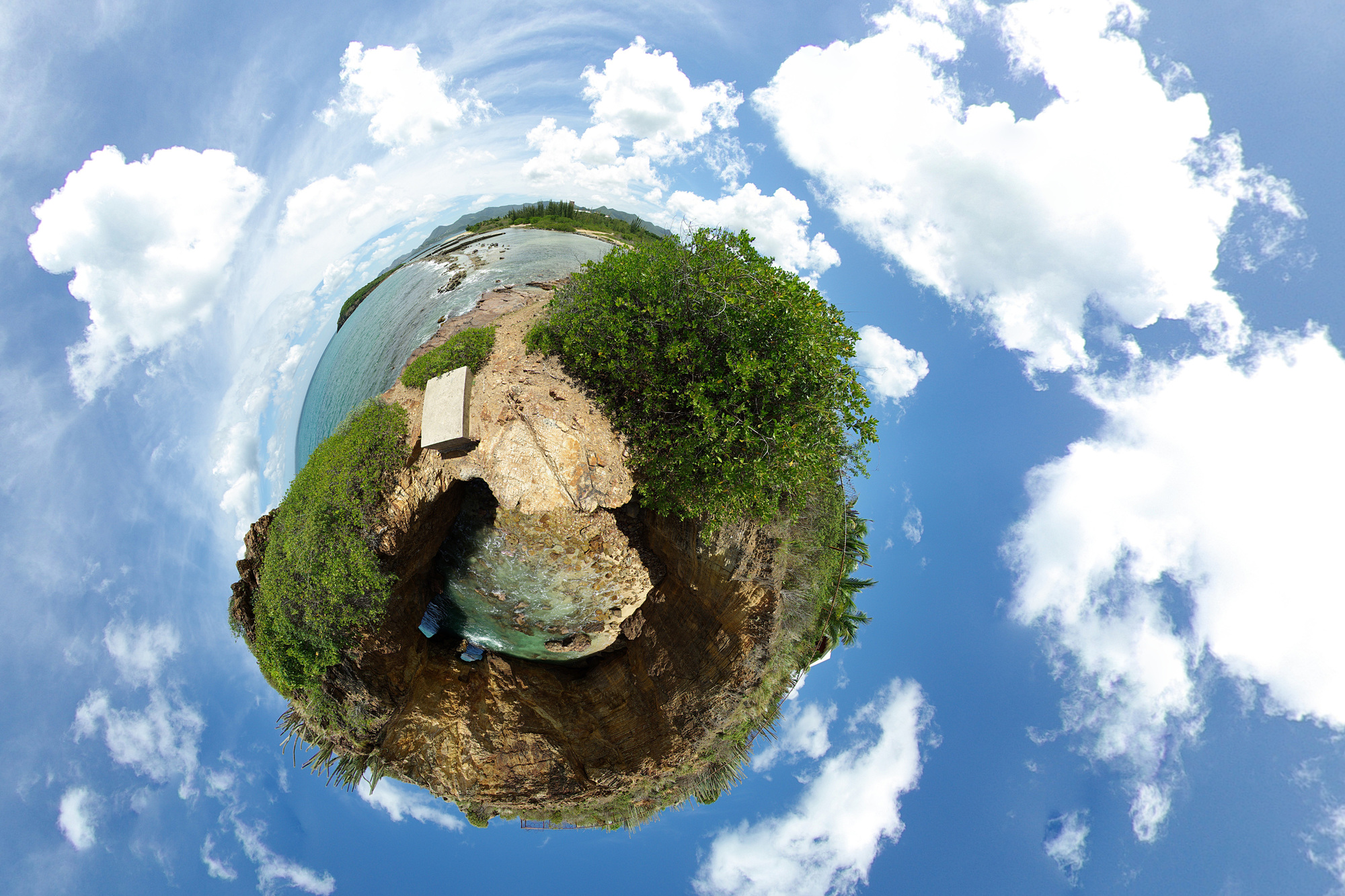Curatorial Statement
For many high school students, situating themselves in terms of a coherent social identity is a confusing and overwhelming–if not completely unwelcome–proposition. This archive sets out to help teachers foster a classroom culture that encourages and supports students as they negotiate their own identities and try to be more aware of the forces that shape who they are in a complex cultural landscape.
This archive is intended to be used in the Humanities (English, History, or both) classroom. It can be a stand-alone activity or, as I plan to use it, part of a larger unit entitled Immigration and Identity. Collecting an archive of primary source materials will be a component of a year-long, cross-curricular American Studies class focusing on historiography and the use of primary sources. Students collect primary source materials from their families and/or local communities. To begin this process, students are asked to think carefully about who they are by mining their own social histories to then produce a Personal Identity Archive which, when, complete (while acknowledging that one’s social identity is always shifting), will present a snapshot of themselves at this moment in time, with a special focus on race and societal constructions of race as an inescapable aspect of social identity.
A Note for Users
My population is largely white, upper-middle-class students from South Carolina, but this lesson has been planned with another population in mind: the international students, primarily from China, who have recently been recruited to attend a new boarding program at my small, independent school. This archive can be adjusted to meet the needs of multiple high school populations.
Included is a sample Personal Archive I compiled that gives a broad overview of my own reckoning with race and social identity. It is in progress, but my hope is to model the kind of thinking and archiving I want students to do. In analyzing these primary sources, students examine the complex interplay between themselves, their families and friends, and the broader community–people of all races and backgrounds that comprise our culture at large.
Key Questions
- How can we help students see how forces within their control help determine their social identities?
- How can we help students see how forces beyond their control help determine their social identities?
- What are the larger “systems” at play here and how do those systems drive students’ identities and cultural literacies?
Concepts and Key Terms
- Archive: noun a collection of historical documents or records providing information about a place, institution, or group of people:
- Archive: verb place or store (something) in an archive
As noted by Racial Equality Tools, “the lack of a common understanding of even the most frequently used words in any discussion on race can easily cause misunderstanding and confusion, and often lead to controversy and hostility.” This glossary is probably the most important first step in helping students and teachers become comfortable discussing race in the classroom.
Materials and Resources
archiving:
- This idea is modeled on a Library of Congress lesson plan.
- Mrs. Hudak’s archive:
- Michael Jackson and Roberta Flack sing “When We Grow Up” in the Marlo Thomas project, “Free to Be You and Me.”

- Instead of ignoring the controversial issues that emerge from discussions of gender, race, and sexuality, my friend and former colleague John Gaughan addresses these issues head on in the literature and writing he assigns. This is the kind of teaching Gaughan advocates in Reinventing English—teaching that occurs in the contact zone.
- Alix and Lulu from NPR’s Invisibilia podcast examine how categories define us — how, if given a chance, humans will jump into one category or another. People need them, want them. This show looks at what categories provide for us.
- Patterson Hood of the Drive-By Truckers writes a thoughtful and considered opinion on the Confederate flag.
for students:
- What is privilege? This Buzzfeed video helps make it visible.
- Are comics like Amy Schumer responsible for being culturally sensitive, or is it OK to just be funny?
- “Fascinated by the evolution of identity, the photographer Cyjo, who styles her name CYJO, has created a series of portraits that examines how race, ethnicity, and heritage contextualize a person as an individual, and how they coexist within the framework of a family”
- Jay Smooth of Moving the Race Conversation Forward in a brief but concise discussion of how talking about race productively means talking about systems, not individuals.
- Cultural appropriation made visible in an art installation.
- Why is the information about this civil rights pioneer so sparse? If the Smithsonian can’t find it, it’s not out there, right? Thoughts?

for teachers:
- Students in a NC school district are asked to help create a more culturally sensitive classrooms throughout the district, with statistically significant results.
- A new research-based book for teachers to become more comfortable talking about race in class. Includes classroom ideas and exercises.
- A writing assignment that considers goal-setting and identity in direct ways that resulted in greatly minimizing achievement gaps in one study.
- A film and study guide that “uses Hawaiian polyculturalism as a model for a diverse world”
- Additional texts from Asian American seminar: The Grace Lee Project, Grave Goods, Off the Menu, “Chinese New Year,”
Sample Lessons
- Elements of Poetry: analysis
- Elements of Poetry: writing
- Narrative/personal writing
- Peer evaluation and feedback
- Research skills
- “Reading” images as text
- Primary sources
- Business/professional letter writing
- Grammar skills
Sample Assessments/Activities and Skills Targeted
- Annotation checks (Analysis)
- Think/pair/share (Communication)
- Class discussion (Communication)
- Round table (Harkness-based) discussion (Communication)
- Formal presentations (Analysis, Synthesis, and Communication)
- Informal presentations (Analysis, Synthesis, and Communication)
- Using vocabulary in context (Synthesis)
- Vocabulary recognition (Identification)
- Grammar recognition (Identification)
- Timed critical analysis (Analysis)
- Personal portfolio (Analysis and Synthesis)
- Formative assessments (ongoing—various)








